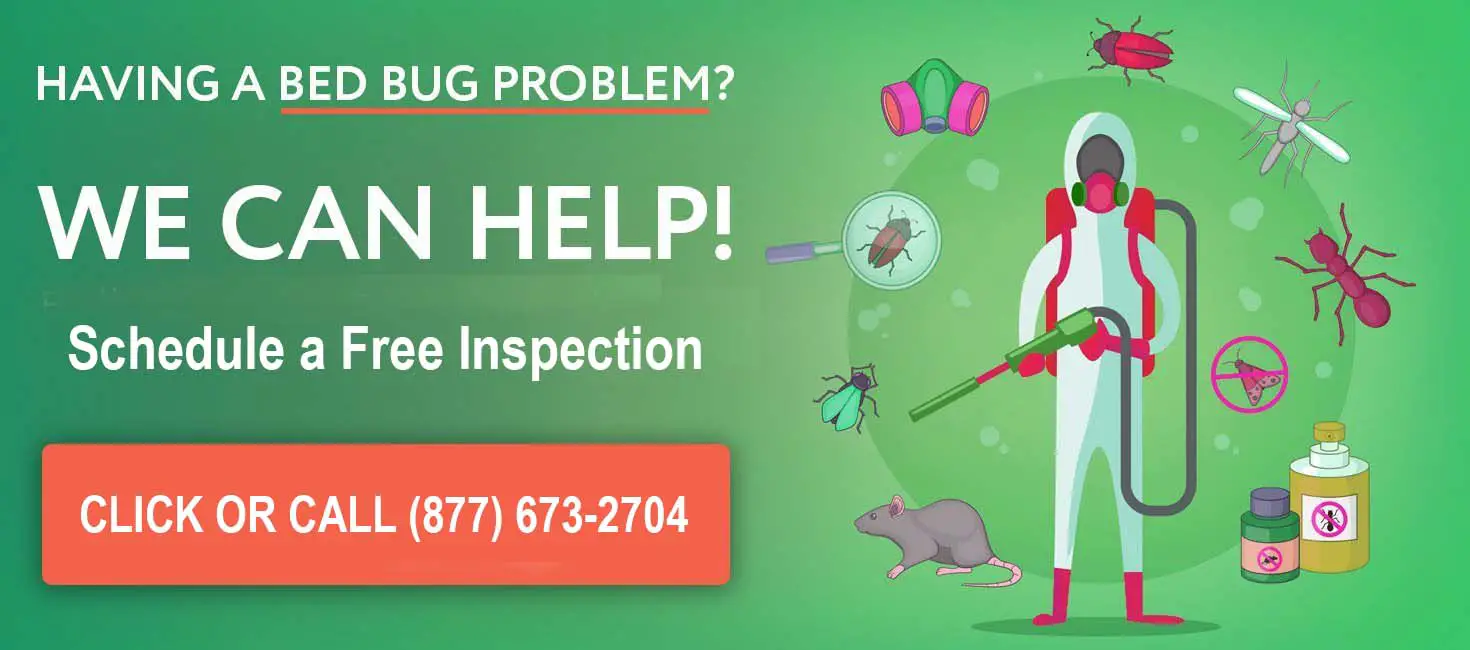Call 1-877-673-2704 for a free extermination quote or do-it-yourself with our featured bed bug kit.
Bed Bugs Can Live On or Near a Latex Mattress
Can bed bugs live in a latex mattress? And can they cause bites in a line on your skin?
Response to Your Question Regarding Bed Bugs and Latex Mattresses
Hi, thank you for reaching out with your questions about bed bugs and latex mattresses.
Can Bed Bugs Live in a Latex Mattress?
Bed bugs can live on or near a latex mattress, but they do not burrow into the material itself. Here’s why:
- Limited Hiding Spots: Latex mattresses are typically dense and do not have the internal spaces or crevices that bed bugs prefer for hiding.
- Surface and Surroundings: Bed bugs are more likely to hide in cracks and crevices around the bed, such as seams in the mattress cover, the bed frame, or nearby furniture. They can also hide on the surface of the mattress under sheets or bedding.
While a latex mattress itself may not harbor bed bugs, they can still live in areas adjacent to it, making thorough inspection and cleaning essential.
Can Bed Bugs Cause Bites in a Line on Your Skin?
Yes, bites in a line are a common sign of bed bug activity. This pattern is often referred to as the "breakfast, lunch, and dinner" pattern, and it occurs because:
- Multiple Bites While Feeding: Bed bugs tend to bite several times as they move along exposed skin, searching for the best blood vessel.
- Skin Exposure: These bites often appear in lines or clusters on areas of the skin that are exposed during sleep, such as arms, legs, or the neck.
What Can You Do?
If you suspect bed bugs are causing bites, here are some steps to take:
- Inspect Your Mattress and Bed Frame: Check seams, corners, and edges of your mattress and bed frame for signs of bed bugs, such as live bugs, black fecal spots, or shed skins.
- Encasements: Use a high-quality bed bug-proof encasement for your latex mattress to trap any bugs on the surface and prevent new ones from accessing it.
- Check Surrounding Areas: Inspect nearby furniture, baseboards, and bedding for signs of infestation, as bed bugs rarely stay confined to the mattress.
- Wash and Heat-Treat Bedding: Wash all bedding, sheets, and pillowcases in hot water and dry them on the highest heat setting to kill bed bugs and their eggs.
While bed bugs are unlikely to burrow into a latex mattress, they can still hide in the mattress seams or surrounding areas. Bites in a line are a telltale sign of their activity. Conducting a thorough inspection and using protective measures like encasements can help you confirm and address the issue. Let me know if you have more questions or need further assistance!
Best regards
Jeff
Editor and Publisher
Bed Bugs Handbook
Join in and write your own page! It's easy to do. How? Simply click here to return to Bug Bites.

